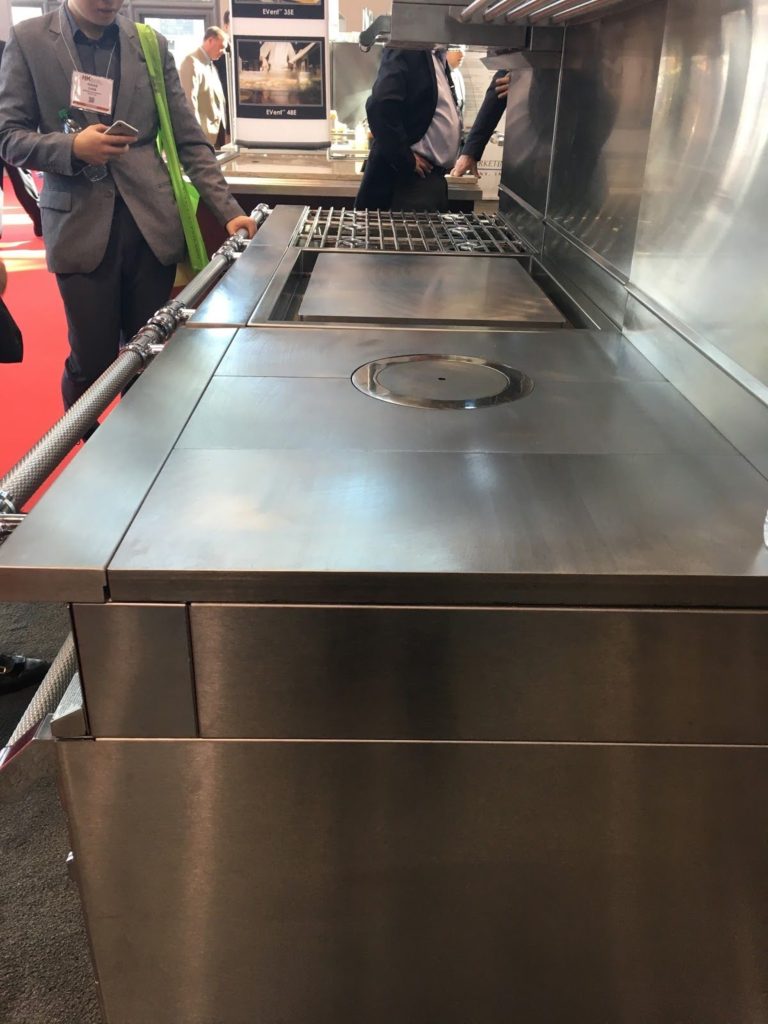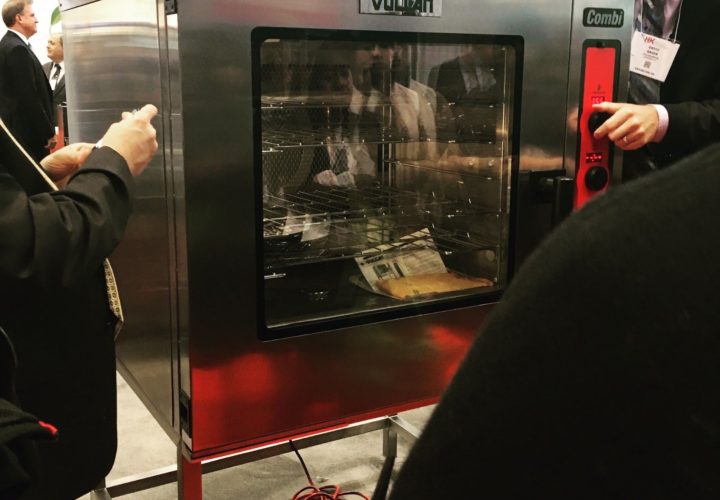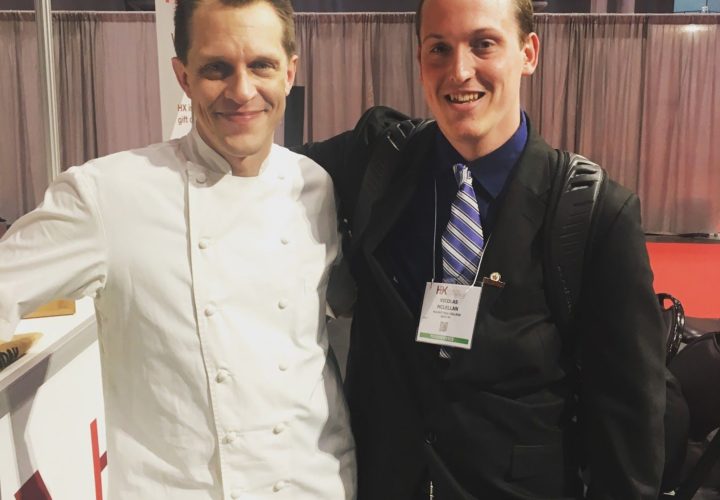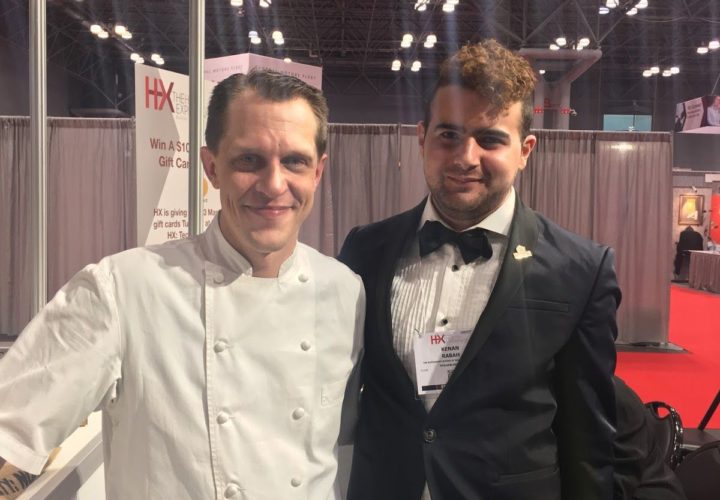How to Climb the Ladder of Success: Tips from Walnut Hill College Alumni
By Kevin Ellul
If you didn’t know already, the culinary world is fueled with flames, sharp knives, hot kitchens, and tattoos. However, the industry isn’t all about those things; it €™s more relevant to Hospitality- hence, the Hospitality Industry. Chefs, Managers, Bakers, Restauranteurs, and Waitresses and Waiters all take part within this industry to make others happier. Below are 3 alumni of Walnut Hill College who participated in this interview:
Marie Stecher, Pastry Chef Instructor: Walnut Hill College.
Marshay Wallace, Senior Event Operations Manager: Renaissance Chicago Downtown
Frank Olivieri, Chef/Owner: Pat €™s King of Steaks.
Where did you see yourself in 5 years, prior to graduating? Where are you now?
€¢ €œI saw myself as a Pastry Chef of a Restaurant in Philadelphia or California €¦I have come full circle, I am now a Pastry Chef Instructor at Walnut Hill College. € €“ Marie Stecher
€¢ €œI saw myself working corporately or in a restaurant €¦I am the Senior Event Operations Manager at the Renaissance Chicago Downtown, which is a part of Marriott Hotels. € €“Marshay Wallace
€¢ €œI was in the process of running my family €™s 80 year old business, Culinary School was more of a bucket list. Presently still running my family business; however, I have a dream of opening my own restaurant to fulfill my passion of cooking. € €“ Frank Olivieri
How did you get there?
€¢ €œI worked 10 years in the business, in hotels, bakeries, B&B €™s and restaurants. I knew I wanted to teach all along, but the opportunity came up sooner than expected. A friend had told me, Walnut Hill was looking for a pastry chef, I was looking for a change at my current job, so I sent in my resume. I interviewed with the Director, did a tasting, and got the job! € €“ Marie Stecher
€¢ €œI first started working for Hyatt Hotels as an Assistant Outlets Manager in Philadelphia, from there I moved to Reston, Virginia and was the Assistant Outlets Manager. I then went to the Grand Hyatt DC as the Assistant Banquet Manager. I then realized I missed being home in Chicago, and Marriott had a position open and I moved to Chicago. There I became the Banquet Manager at the Renaissance and then got promoted to being the Senior Manager. € €“ Marshay Wallace
€¢ €œI got here (my family €™s business) because I have been working at the same place since I was 11 years of age and now, I €™m 53! € €“ Frank Olivieri
Tell us what it’s like in a “Real Life” Kitchen?
€¢ €œA lot more crazier things happen then what is on reality TV, but I am sworn to secrecy. I loved working in the kitchens. Its hard work, but if you work with a good team anything is possible! I was lucky I worked with some really talented people and chefs in the industry. € €“ Marie Stecher
€¢ €œDefinitely different than being in school. The reality is that there are times where you work with others who don €™t share the same passion and enthusiasm as you do and for them it €™s just a job. There are times when you have to look a little harder to find the joy in what you do. But overall, its fun and I love what I do! € €“ Marshay Wallace
€¢ €œIt €™s the most exciting thing to be working in the kitchen, whether you’re flipping cheesesteaks or working in a brigade. The industry that we are in is the most progressive and creative of all industries. Having instant ratification and customer review is important €¦ so you have to be on your €œA € game every day. € €“ Frank Olivieri
What would you change about your experiences?
€¢ €œI would definitely travel more. I do regret not going to Europe to do a stage. I think that experience would of helped me develop more as a chef. € €“ Marie Stecher
€¢ €œCurrently nothing. I €™ve realized that although I have a plan for my life, sometimes those plans don €™t go the way I thought they would. So I €™ve learned to find the good in each experience and to make sure that I walk away knowing and learning something that I didn €™t know before. € €“ Marshay Wallace
€¢ €œI was accepted to Cordon Bleu in Paris in 1982; however, I wanted to run my family business instead. I do have some regrets about not being in Paris, although, the education that I have received over the many many years is just as valuable as if I had attended Cordon Bleu. However, going back to Culinary School later in life showed me how to enjoy the educational process once again € €“ Frank Olivieri
What tips would you like to share with current students, and/or incoming students?
€¢ €œWork hard, be professional and try to stay with a place for at least a year. Read as much as you can about food and the industry trends. Eat out and travel as much as you can (and can afford). I was once given this advice and I still follow it: €˜Always take the job that will get you to the next job, don €™t go backwards. €™ €“ Marie Stecher
€¢ €œDefinitely be a sponge and soak it all in. Gain relationships with the instructors and Chefs; take this time to explore yourself and the many facets of this industry and find what it really is you want to do because there are so many paths and positions within this industry. More importantly, enjoy this time and have fun. The experiences and education that you receive here is priceless. € €“ Marshay Wallace
€¢ €œIf I can give any advice to my fellow classmates or students whom are presently within the culinary program, I would say: Follow your dream, don’t become discouraged- you’re fortunate enough to be involved in one of the most exciting career €™s out there. Don’t be afraid to make mistakes, always be willing to listen to someone else €™s advice (it might help you in the long run). € €“ Frank Olivieri
I want to thank the individuals who’ve participated within this blog. It means a great deal to the students, staff, and our college.
To check out these amazing hospitality industry enthusiasts and their place of work, visit their websites by clicking on their name!
If you are an Alumni of Walnut Hill College (WHC) and would like to join our Alumni Association, please click here!
€œBecoming a member of our Alumni Association means that you will join a diverse network of industry professionals who all got their start at Walnut Hill College just like you! €
You can also check out different success stories of WHC Alumni, as well as, career opportunities affiliated within our reach.
-Kevin Ellul, Student Leader
Culinary Arts, Class of July 2017





